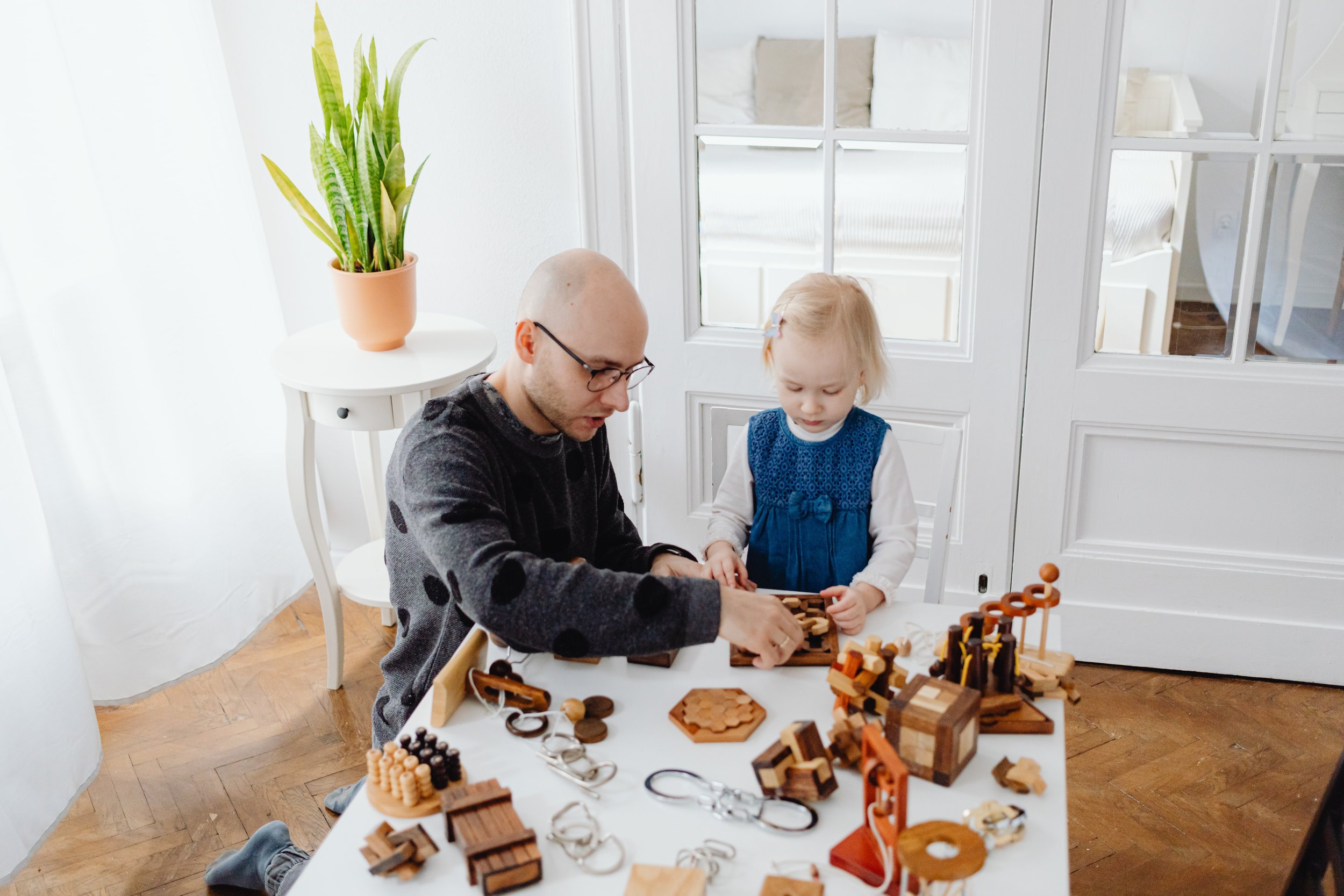When a nanny has been part of a family’s life for a long period, or even if it’s been short but they’ve formed a close bond, it can be particularly difficult to say goodbyes and start afresh with someone new. This can be felt by nannies, parents and children alike.
Unless you are Jacob Rees-Mogg, whose nanny has been with the family for two generations, nannies will eventually move on. We know farewells are usually the worst part of having or being a nanny, so we’re sharing our advice on how to handle this change and help make the transition easy for all involved.
If you’ve formed a close bond, it feels comparable going through a breakup. As with any breakup, it’s important to process this grief and big life change properly to understand the reason it has come to its natural end so everyone involved can get the closure they need.
Helping Children to Process the Change
Ultimately, the children have to come first at this time as, regardless of their age, they will be the ones most likely to be affected and feel the effects long-term. But there’s simple things you can do to help with the transition:
If possible, arrange for your nanny’s end date to fall outside of term time so it’s less disruptive to your child’s routine. For many families, the summer months and half terms also tend to be busier with holidays, play time and socialising, which will help draw children’s attention away from the absence of a loved nanny and ensure an otherwise difficult time is still full of positive and happy memories.
Sit down with your child and your nanny to explain that he/she is departing. Explain that the departure is not anyone’s fault and use this opportunity to help give some context or rationalise why the nanny is leaving. Painting a picture of what’s to come may also help a child to rationalise the change. Some examples are:
Pregnancy - [Nanny’s name] is going to have a baby, which means he/she needs to look after that baby now you’re a bit more grown up.
Travel - [Nanny’s name] is going on an exciting adventure to see the world.
Natural end of family’s need for a nanny - You’re all grown up now and there’s another little boy/girl that needs [Nanny’s name]’s help more than we do.
Let your child ask questions to you and the nanny to help them process what’s going on and get the answers and closure they need. Be as honest as you can - your child’s questions will act as a guide for the kinds of information they’re capable of handling.
If it’s realistic, you could also suggest that you still see / meet up with the nanny in the future as this can provide children with a positive outlook so the departure feels less significant or permanent. However, this is a discussion to first have with your nanny to understand whether that is feasible and something that is wanted by both parties so no false promises are made.
3. Encourage your child to draw or make a farewell card as this can help them to process what’s happening, and even express emotions that they may otherwise struggle to verbalise.
4. Empathise with your child’s emotions - some children may display signs of anger as a way of dealing with this, some may shed tears, others may be dismissive or uncharacteristically quiet. Regardless of how your child reacts, it’s important to keep communicating and offer affection and counsel to help them with this grieving process.
5. Facilitate a smooth transition to the next caregiver. If possible, try to arrange meetings with the new nanny ahead of the current one departing. This will help establish the new caregiver as a trusted and familiar face, or even as a ‘friend’ of the current nanny, so they feel a greater sense of acceptance when the time comes for the new nanny to join your family.
Something as simple as introducing the new nanny during a trip to the park could be an organic way to do this but ensure it’s something both the existing and new nanny are happy to facilitate ahead of time.
6. Setup time to train the new nanny - If possible, also set some time for the current nanny to train a new caregiver. They may wish to pass on tips that will help them relate to your child, or offer guidance on how your family likes to work so they can settle in and adopt some of the previous nanny’s skills or qualities that resonate well with your family.
For Parents:
Whether you’ve made the decision you no longer need the help of a nanny, or your nanny has chosen to depart, it’s important to keep communication direct and open throughout the transitional period. This will provide a comfortable environment for all parties to discuss the departure and ways of supporting the child through this time.
Access your baggage by talking to your partner, friends, a professional or anyone else you trust about your nanny’s role in your family. Unresolved feelings may resurface in the form of unrealistic expectations for a new nanny, or a disruptive transition.
Remain open to the possibility of finding something greater or new. Your nanny may feel irreplaceable but try to see this transitional period as an opportunity to find someone with a different skill set that complements what your current nanny has already taught your child(ren). This can help further shape your child’s learning and development. For example, if the nanny departing was great at organising craft activities, this could be an opportunity to explore hiring a nanny that is very active and can expose your children to new passions or sports.
For Nannies:
If possible, stay in contact - send postcards, photos or exchange hand-made cards and letters. From afar this will continue to inspire creativity in the child and help with development but also allows both you, the child and the family to maintain a close bond. As before, this is something that will need to be discussed and agreed with the family in advance to understand whether it’s something feasible and wanted by all parties.
Create a memento together. This is a great excuse to do something creative together and make a joint memento like a friendship bracelet, ornament or even just drawings for one another. Both you and the child(ren) can then keep these after your departure as a reminder of your time together.
If moving on to a new family, avoid comparing it to your previous experience. Remember all families work differently and you may set yourself up for disappointment if you go in expecting to replace a past experience.
While parting ways may feel like a terrible moment in a family’s history, the reality is that everyone, children in particular, will learn to adapt to the change really quickly and can still move on with positive experiences.


























